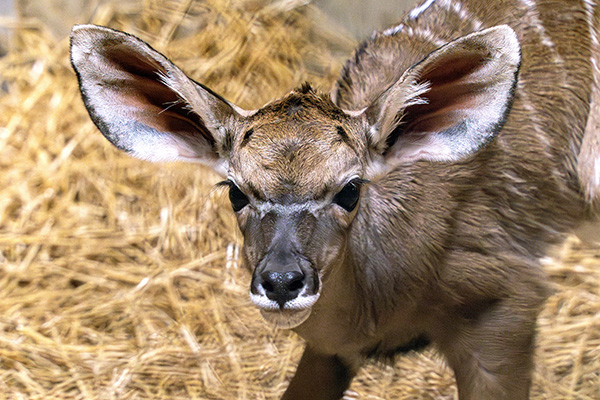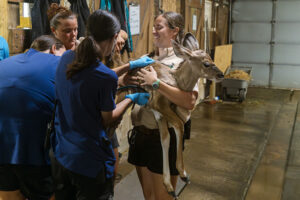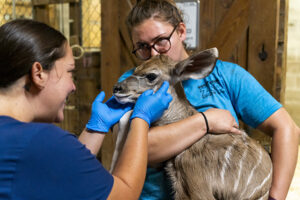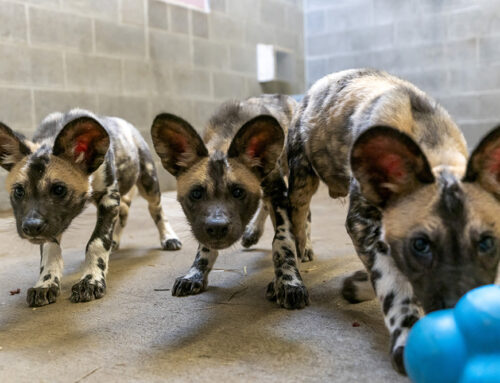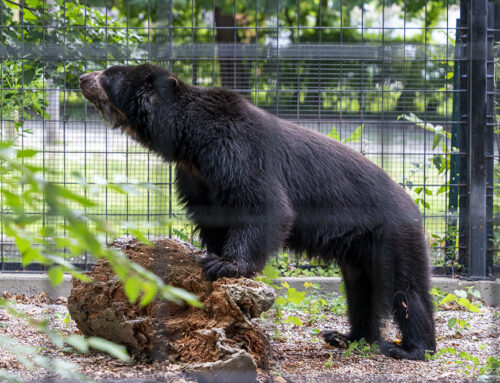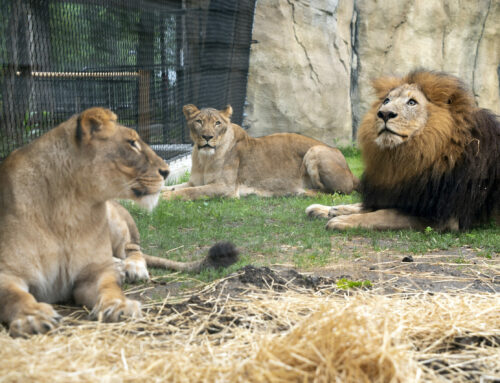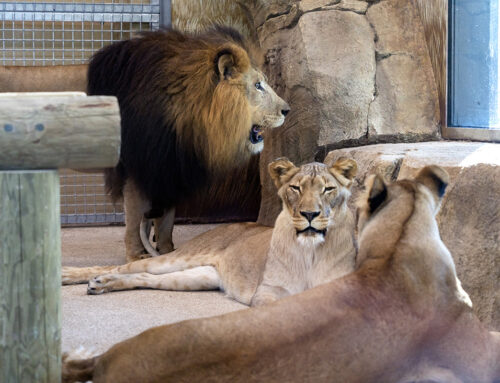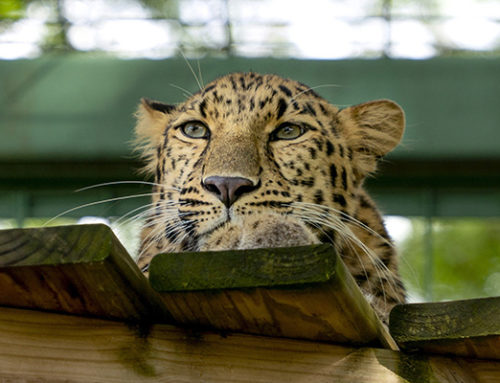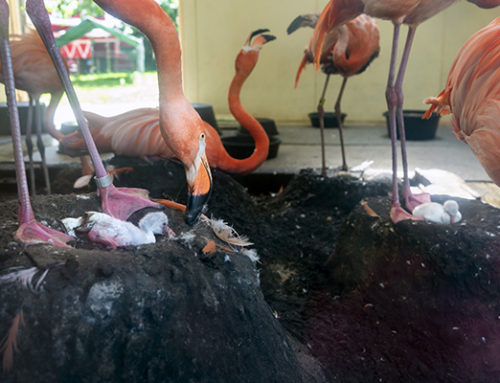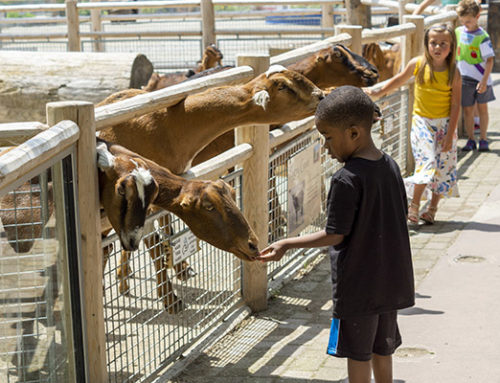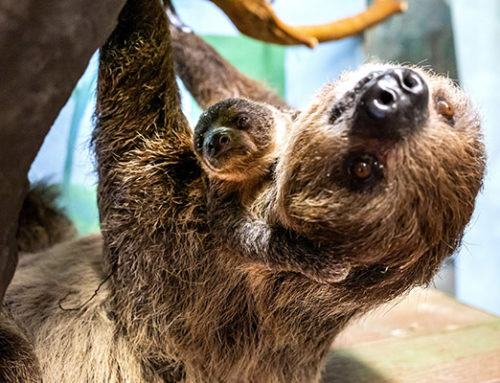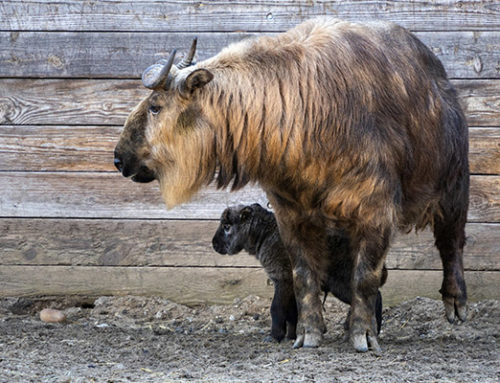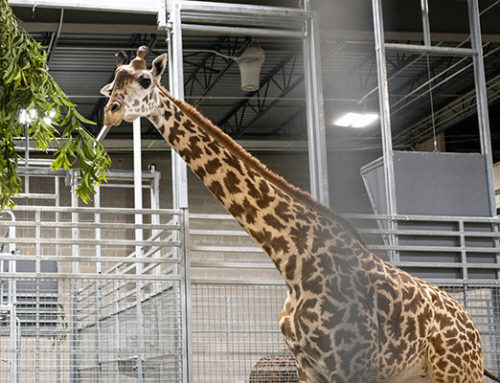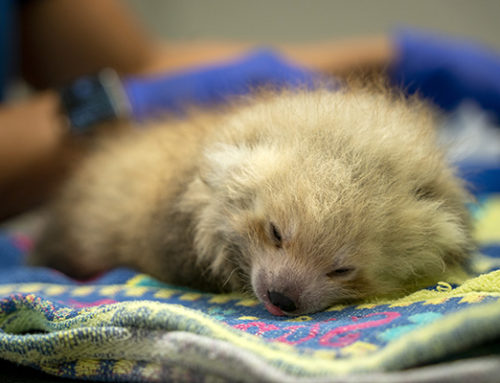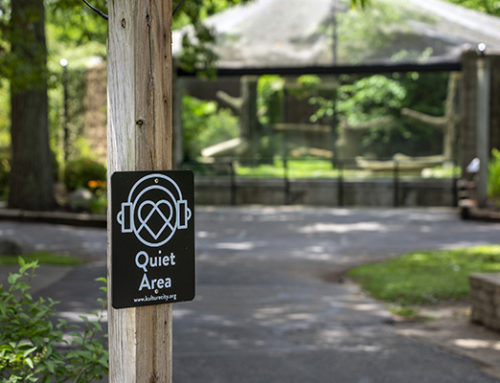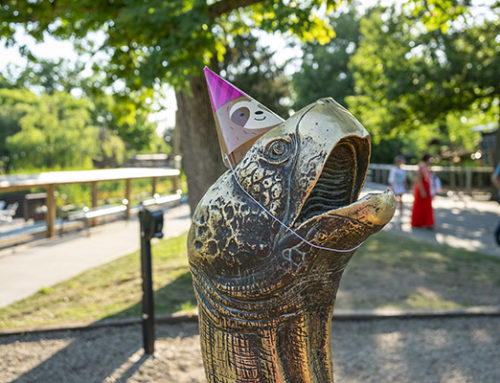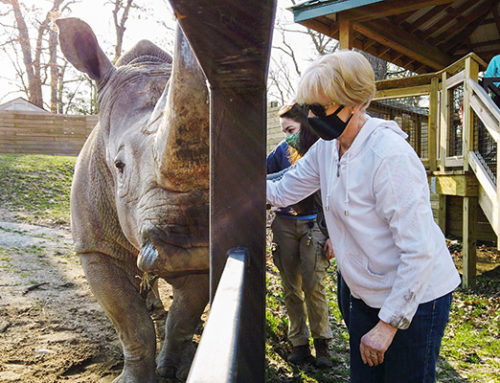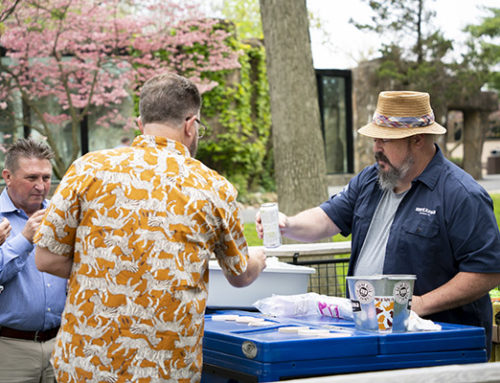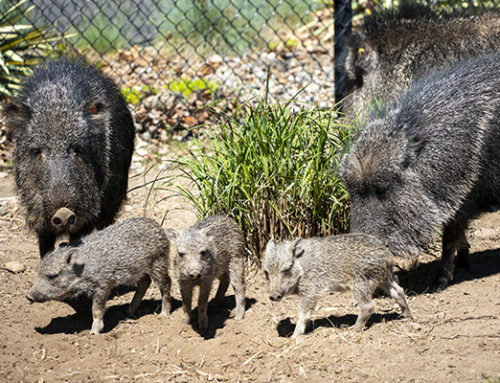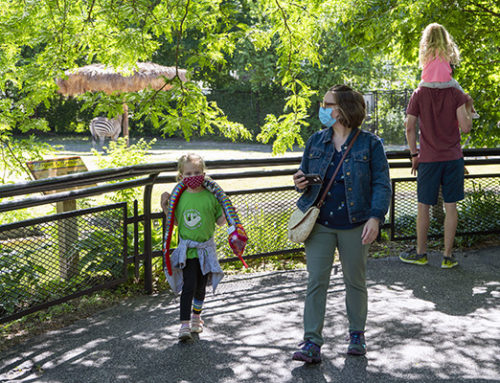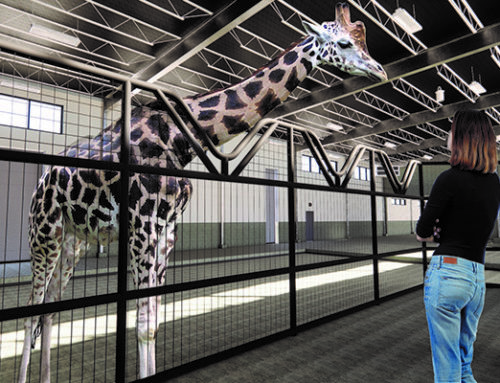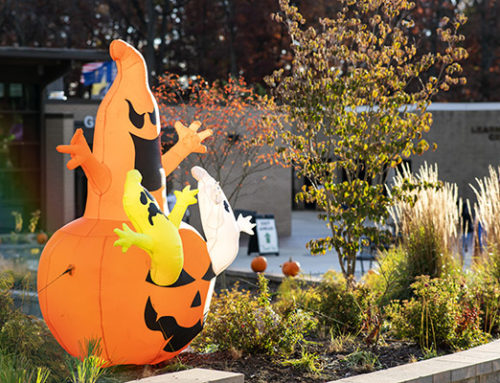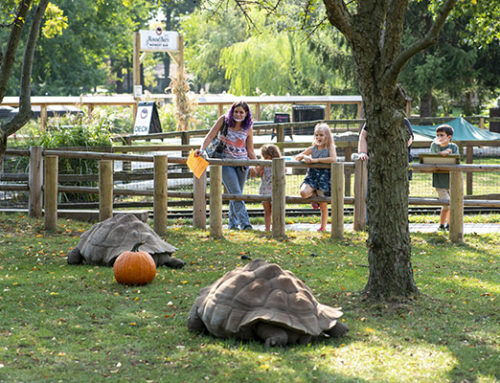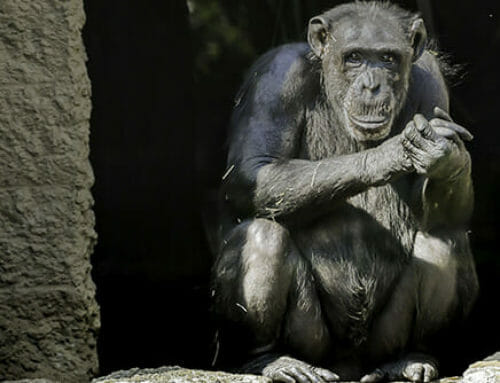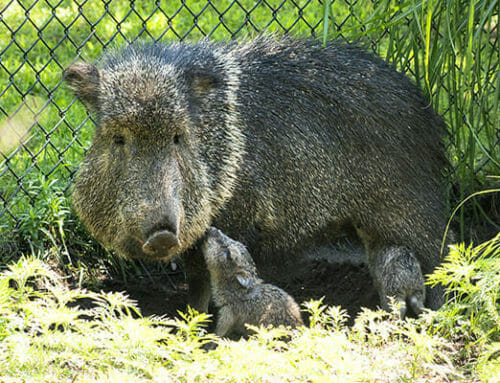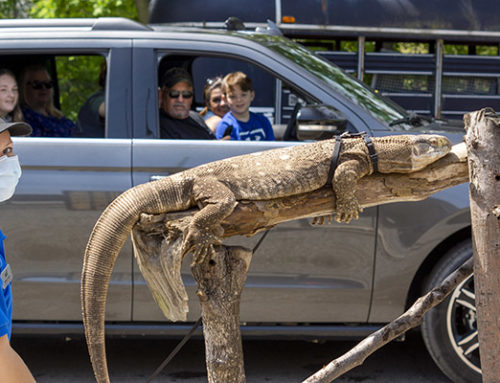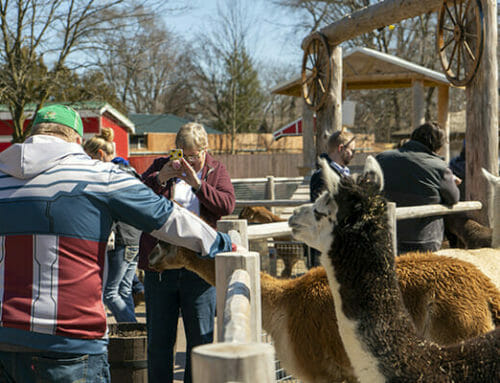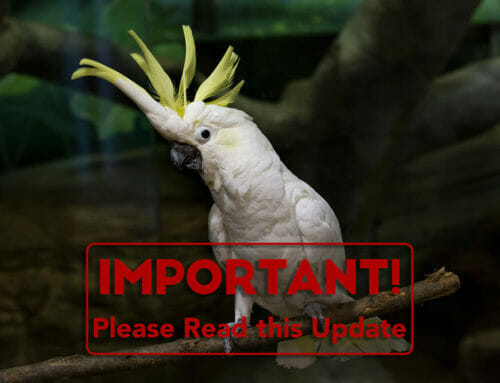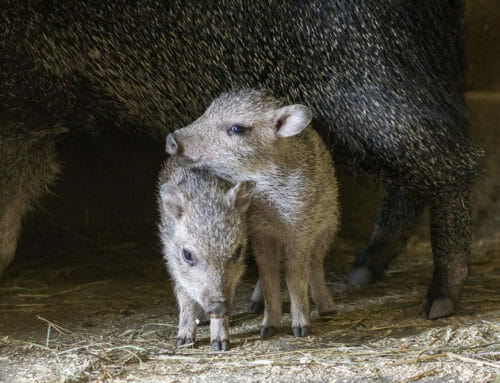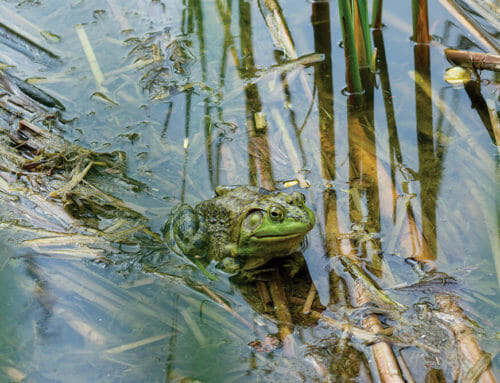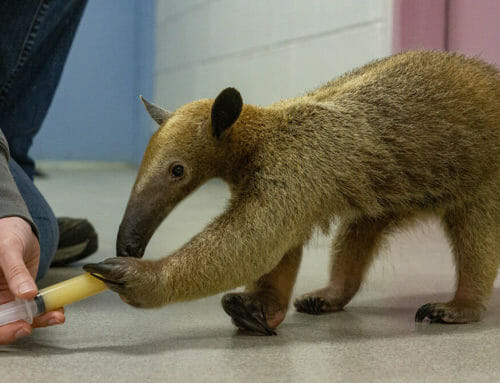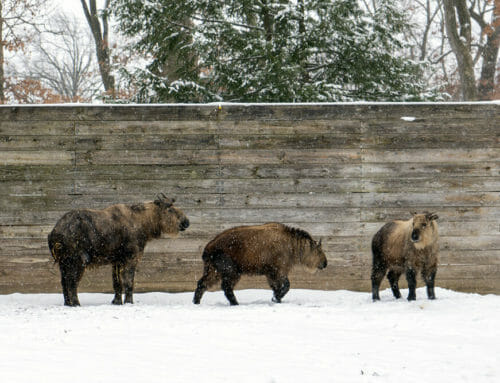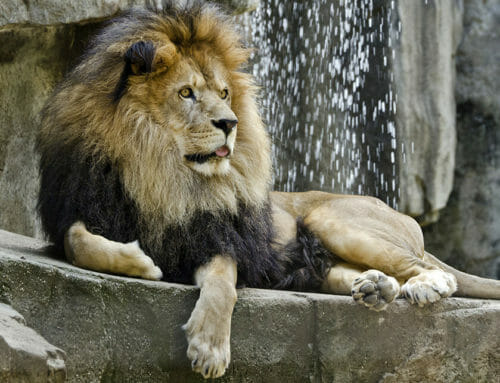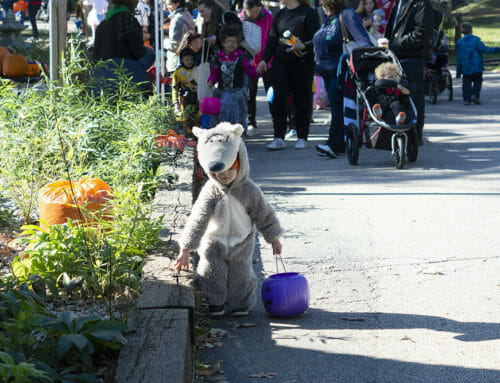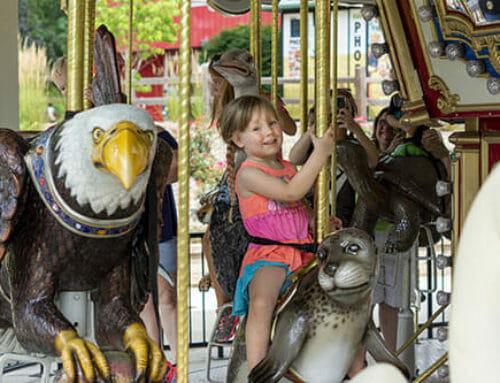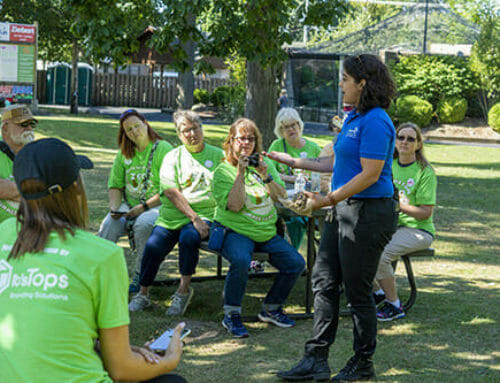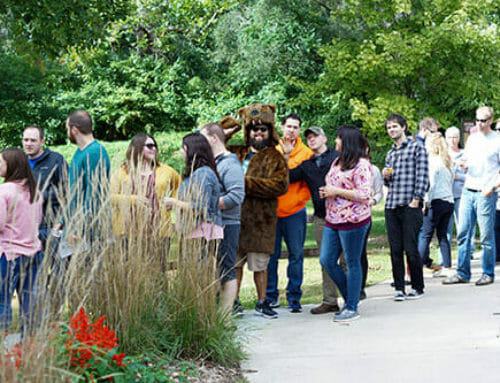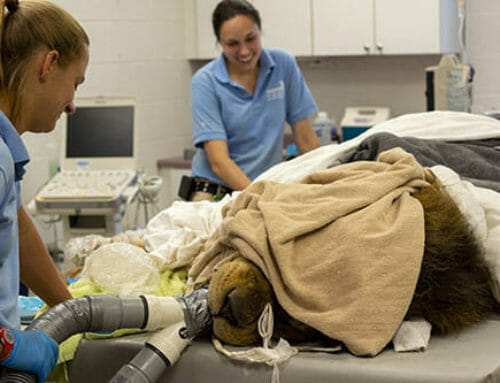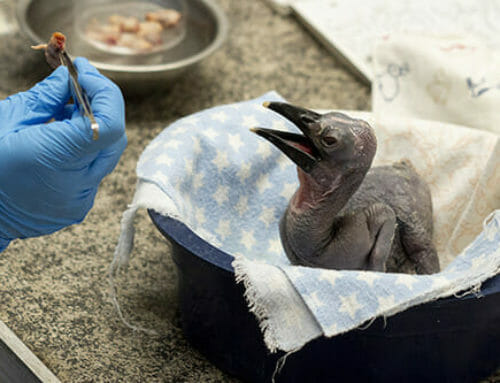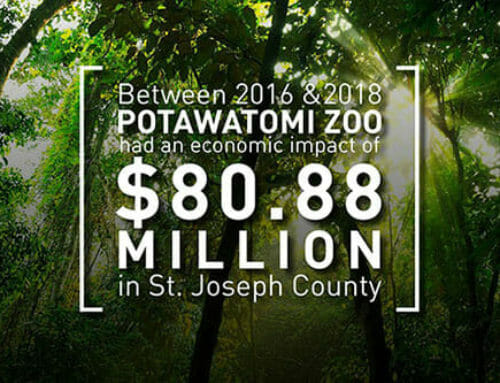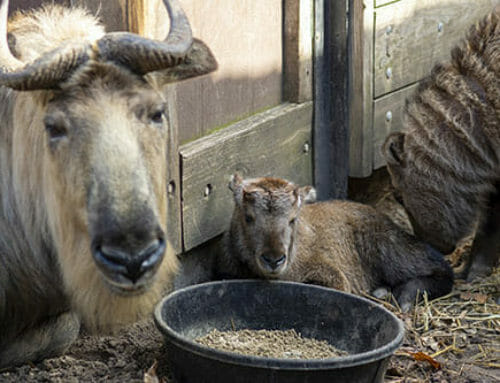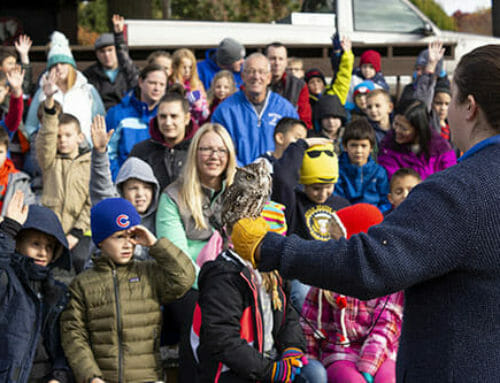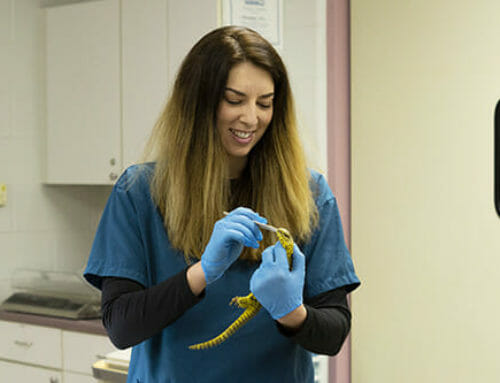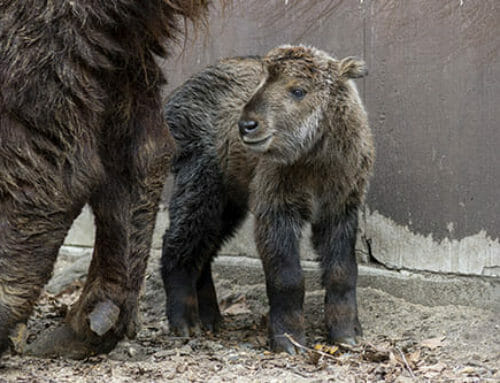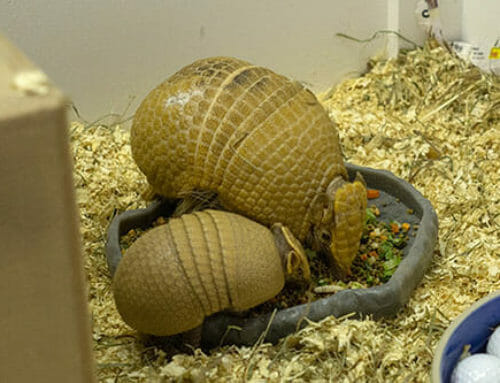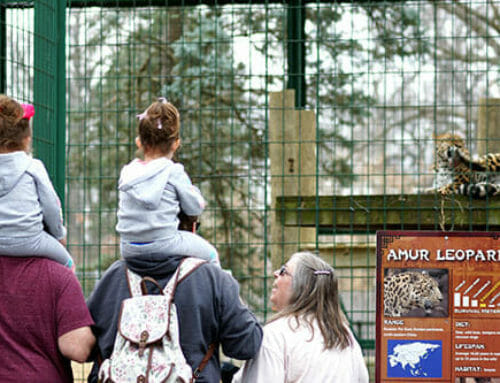The Potawatomi Zoo is thrilled to announce the birth of a greater kudu calf, a first for the zoo.
The calf was born to first time mother, Neva, and father, Tumaini, on September 5. After giving Neva and her calf time to bond and nurse, the zoo veterinarian, Allison Dianis, and animal care staff checked the calf on Wednesday morning. It was determined to be a healthy male, and he currently weighs around 30 pounds.
“Since we brought greater kudu to the zoo seven years ago, we’ve been eagerly waiting for this day,” says Josh Sisk, executive director of the Potawatomi Zoo. “It’s incredibly rewarding to have this little addition to our herd, and we hope it’s only the beginning.”
The calf is currently living behind the scenes with his mother, but the zoo plans to give him access to the main kudu yard once he’s a little bigger and stronger.
Greater kudu are one of the largest species of antelope. Bulls can weigh up to 600 pounds and have easily recognizable, large, twisted horns. Only bulls have horns, which average between four and six feet long. Bulls also have distinctive black and white face markings and shaggy neck beards. Greater kudu cows are much smaller, only about 250 to 450 pounds, and lack both the horns and dark facial markings.
Greater kudu are a foraging species native to large areas of eastern and southern Africa. Their preferred habitat is scrub woodland, although they have also adapted to areas settled by humans. Greater kudu are considered of least concern for extinction in the wild, but their populations are sparse in some areas due to declining habitat space, deforestation, and poaching.



